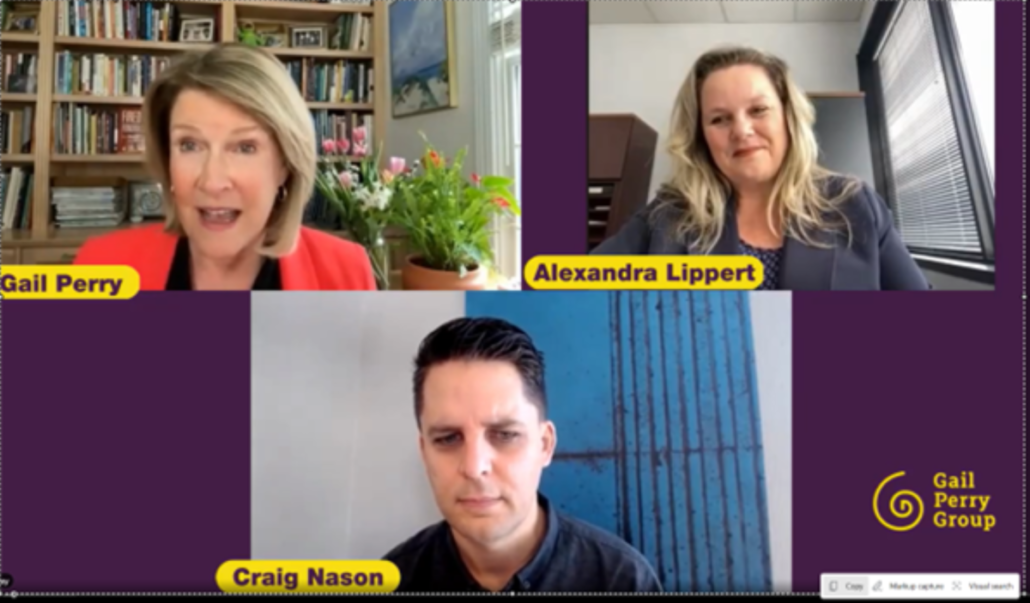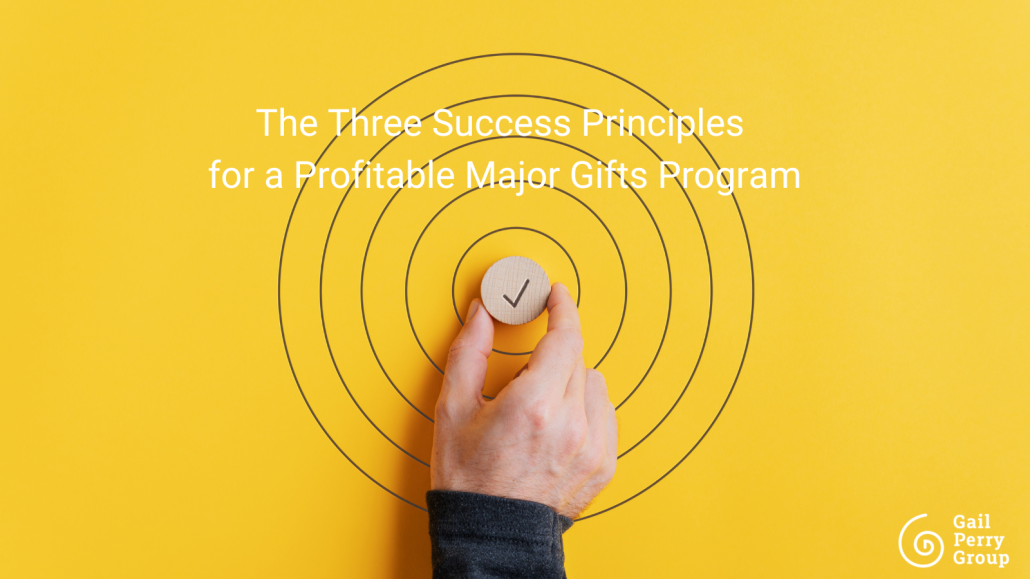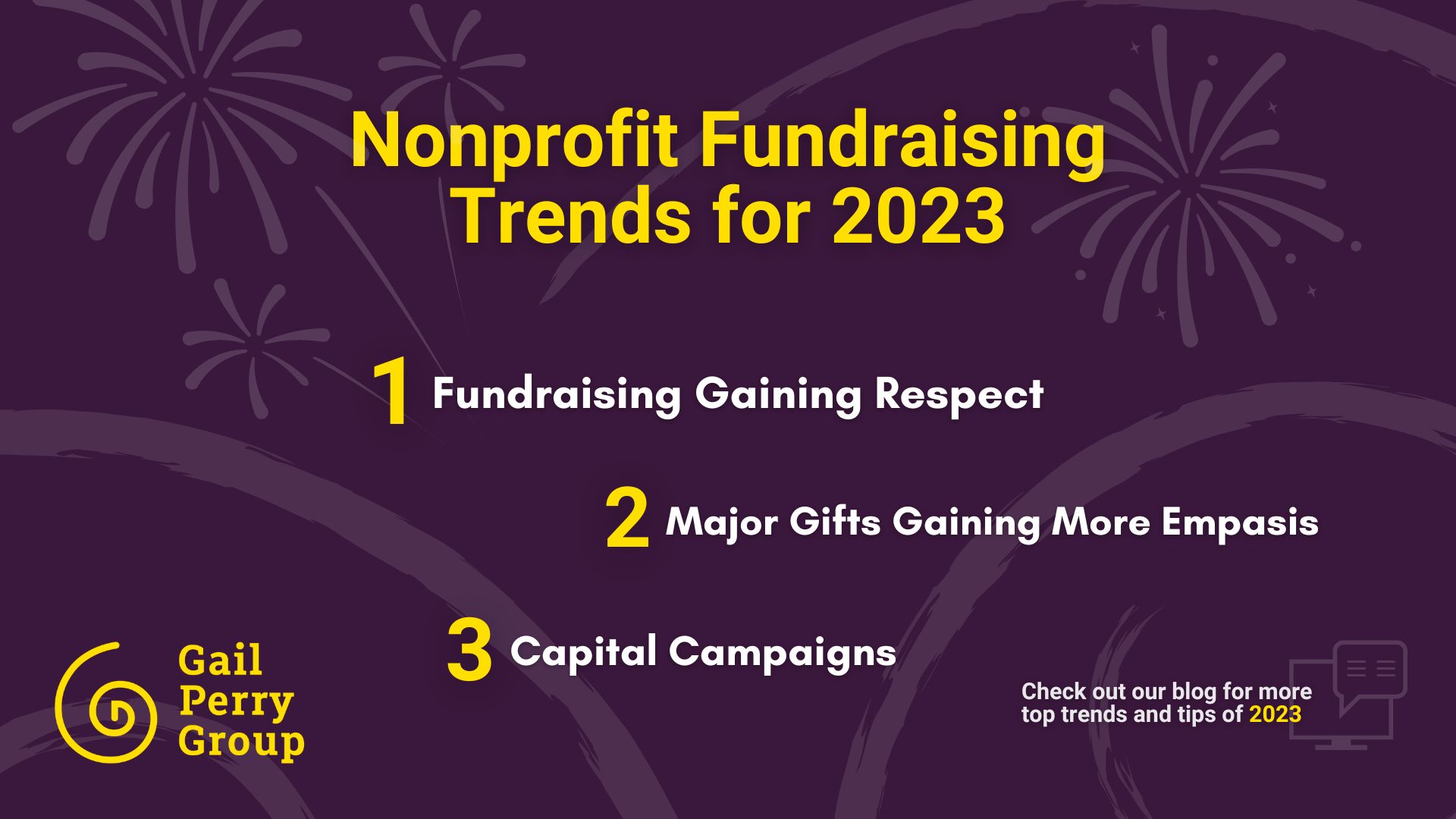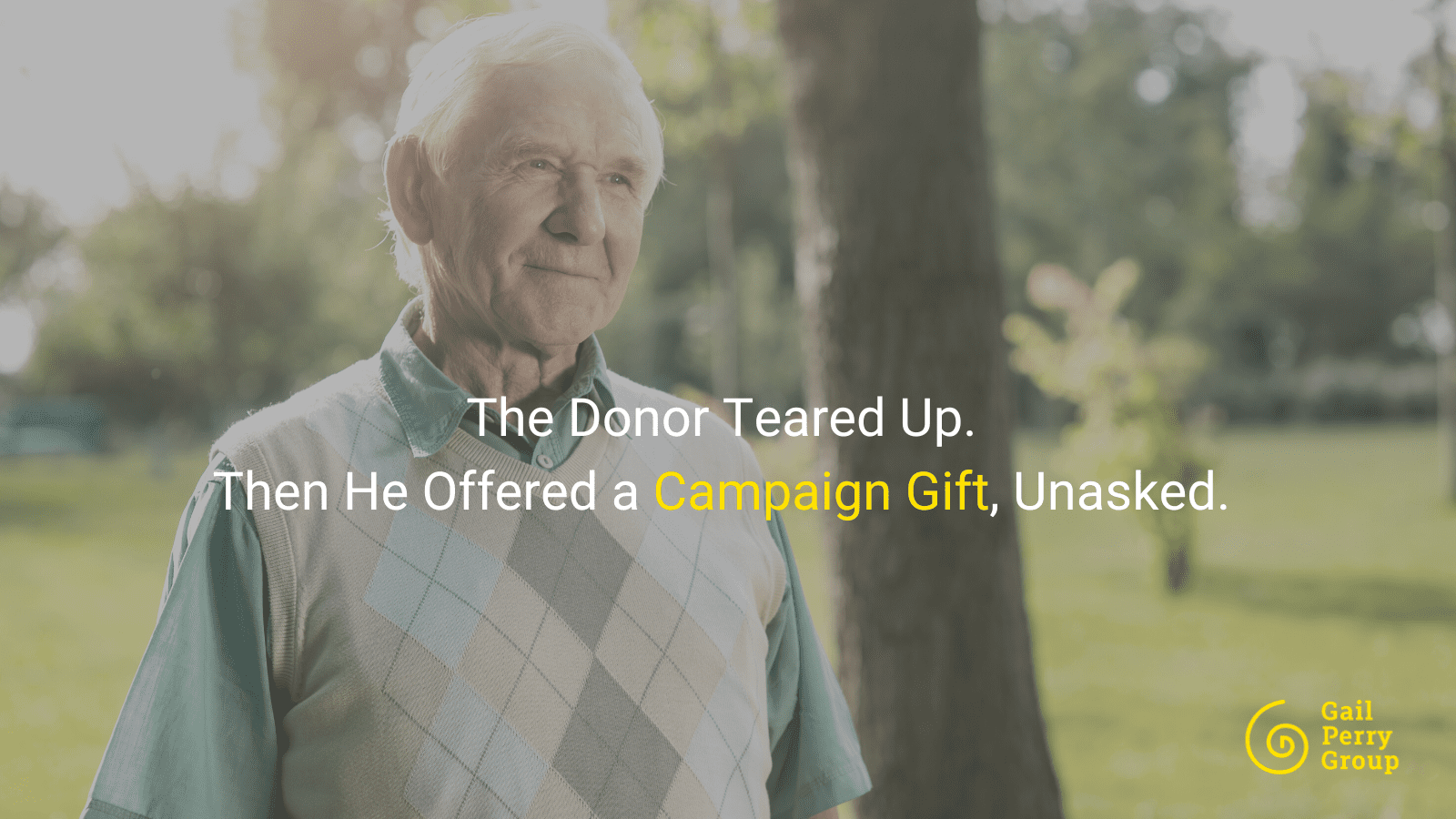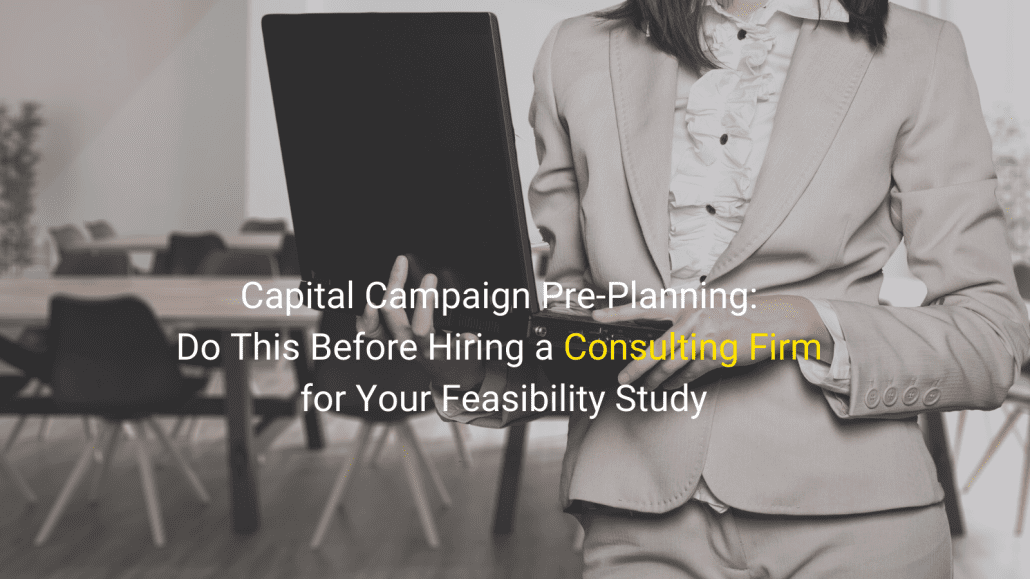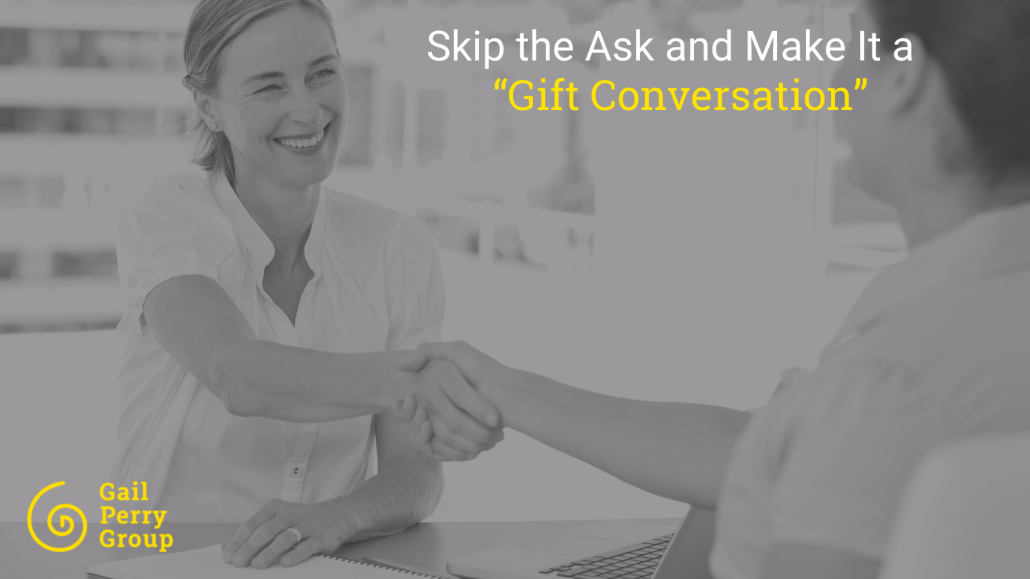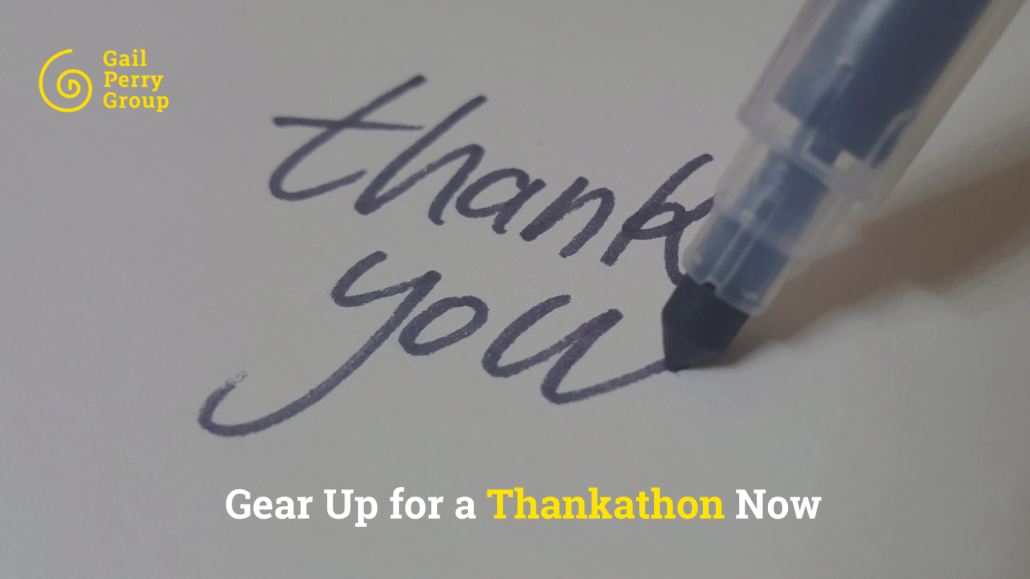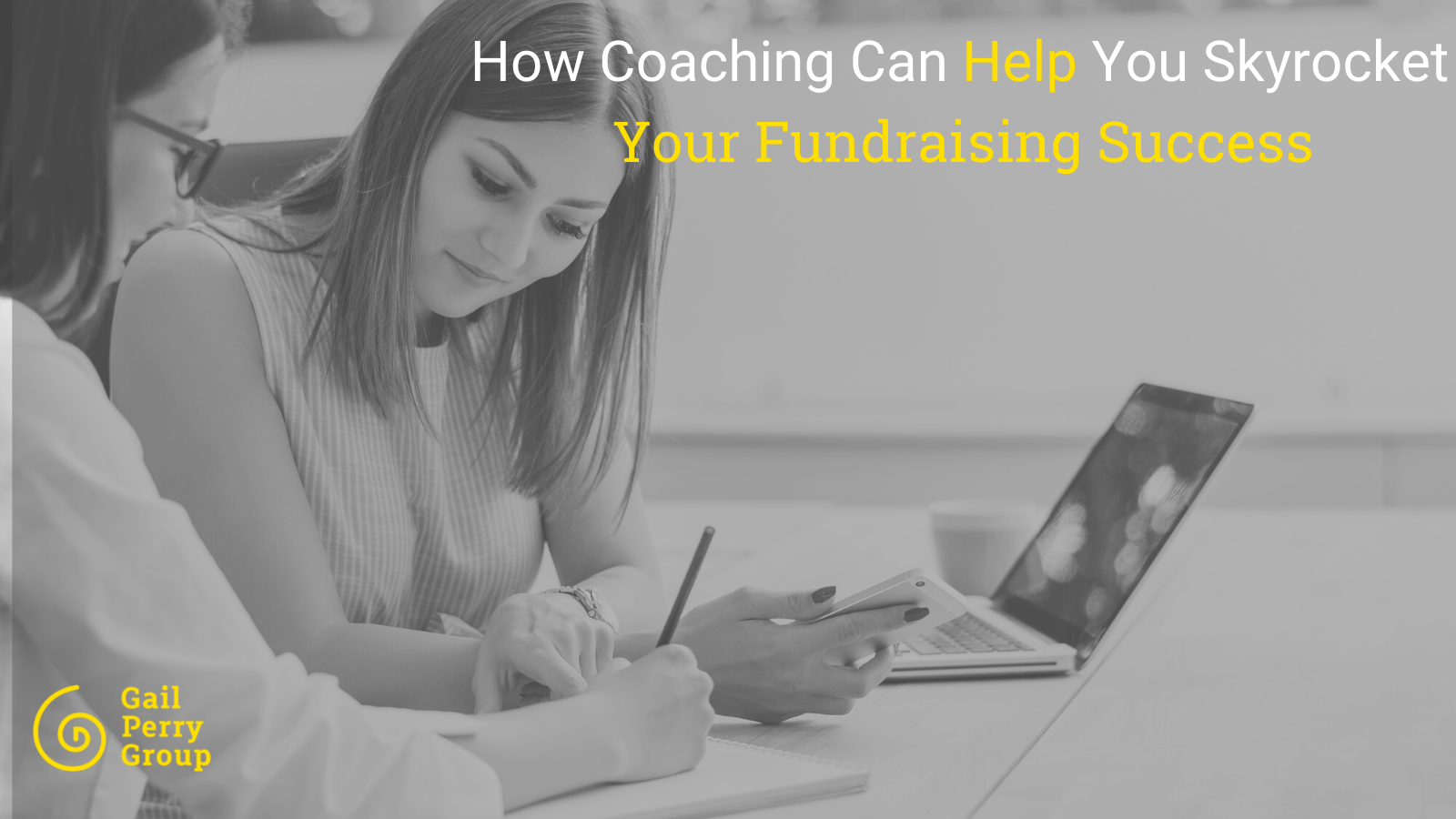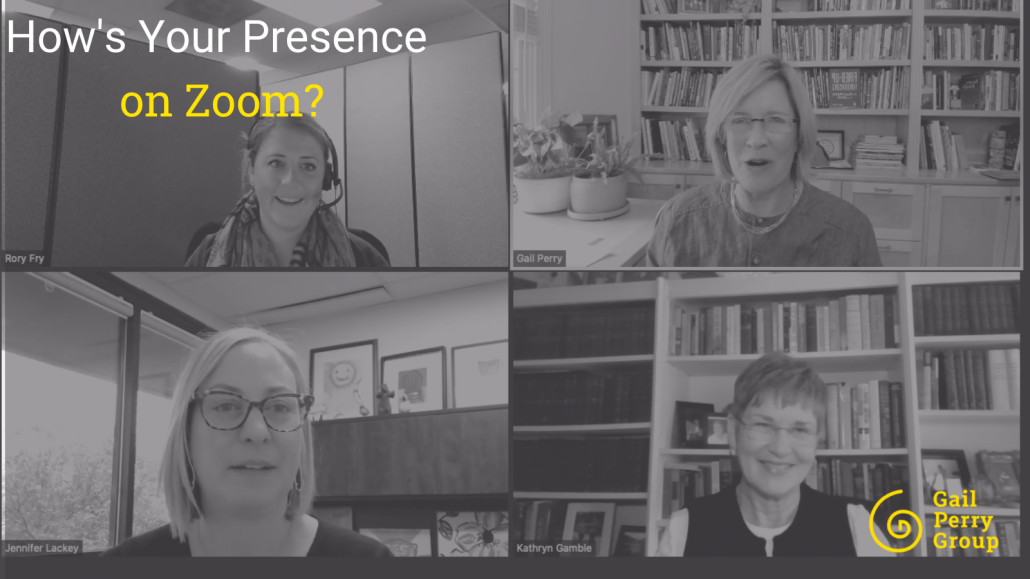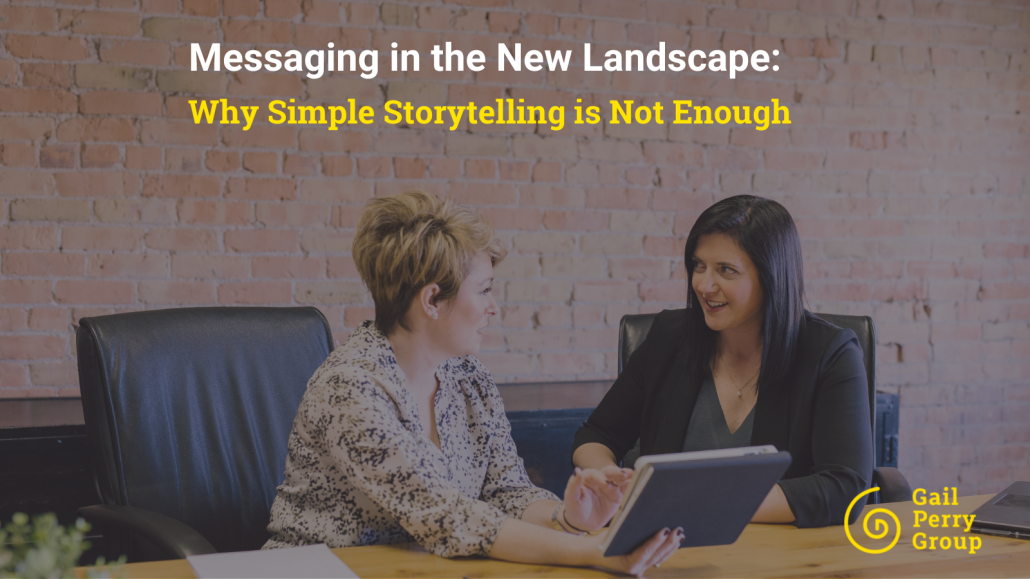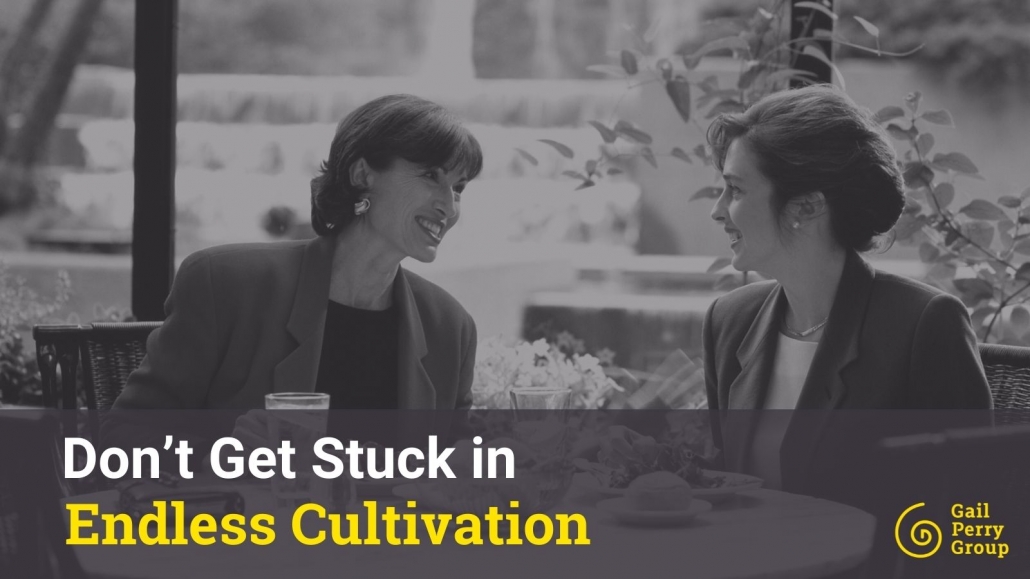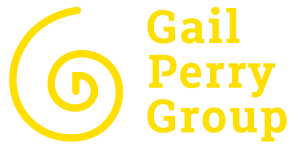Capital campaigns are everywhere these days. Despite a murky economic outlook, nonprofits large and small are moving forward with big fundraising goals and high dollar campaigns.
We’re seeing some interesting new capital campaign trends among our clients, based on learnings and practices developed during the recent pandemic. As we’ve found with many of our clients, a few strategic efforts can help your capital campaign be a booming success.
Most high-net-worth donors have done well over the past few years, and many of them may be ready to move forward and discuss how they can help – even in an uncertain economy. Here’s how you can take advantage of these current capital campaign trends to reach your campaign goal:
1. More Transparent Messaging
We are seeing a strong trend toward more specific, much more transparent communications with major donors. Organizations that share their status openly and honestly with their donors are receiving more support.
All along, donors have shared that they dislike formal, lofty language from the organizations they support. All the acronyms and nonprofit speak puts them off and dampens their enthusiasm.
During the recent pandemic, we found nonprofits talking about their work very differently. Our clients were frank with their supporters. They were sharing exactly what is going on financially and what they really needed. As a result, donors responded generously.
Transparent Messaging Yields a $1 Million Gift!
Here’s a terrific example: our Major Gift Intensive client, Historic Columbus. was very worried about their dramatic drop in contributions during the pandemic.
We suggested to Executive Director Elizabeth Walden, that she select 20 major donors for a special monthly “Insider” communication. And she implemented our advice quickly. Moving forward, she sent out a friendly, informal update on how the organization was faring during the shutdown.
One important point: She was upfront about the organization’s dire financial situation, but her tone was brave and businesslike.
A few months later, out of the blue, one of these donors suddenly gifted $40,000. The donor explained that he appreciated her frequent communications and the transparency she showed in being perfectly open about the organization’s financial status.
And, a year later, another donor up and made a $1,000,000 gift! The donor also thanked her for her openness, transparency, and frequent communication. Elizabeth said she almost fell on the floor when her donor came forward with such a generous gift.
Capital campaign trend takeaway: When your financial situation shifts – or when you have a major opportunity like a capital campaign – it is more important than ever to be transparent with your donors.
2. More Straightforward Conversations with Donors
Post-pandemic, the events and meetings are now back to a regular schedule. However, during the pandemic, we saw some new trends emerging that seem to be taking hold for good. Or at least we hope so!
Back during the shutdown, we were forced into absolutely direct conversations with our donors. No more oblique dancing around with meetings, lunches and social events.
We are training our clients to move right along with their donors and find out what they are interested in. Be ready to ask your donors in a very straightforward manner:
“Could you see yourself becoming more involved with our work?”
“Would you like to know more about how you can help?
As a result, our clients are saving so much time by finding out quickly which donors are interested, and which ones are not.
Capital campaign trend takeaway: It’s easy to find your most passionate supporters by asking a few direct questions.
3. Donors are Ready to Discuss Their Gifts Early in the Campaign
In an environment where you have some donors who are feeling wealthy, you actually can move forward quickly. When nonprofits directly discuss their needs, opportunities and vision with donors, good things can happen quickly.
For example, our campaign clients are seeing extraordinary results with one simple question:
“Would this be a good time to discuss your support of our campaign?”
This polite question is usually easy to ask. For instance, one of our clients closed a $100,000 gift the first time she asked this question. The next time she asked it, she closed a $250,000 gift.
Note that both of these gifts came in without a formal campaign ask. We just coached her to look for the right signals and then be ready to pose the question gently. Note: she was on the phone or Zoom for both of these conversations – in a digital format.
Takeaway: You can close major campaign gifts by asking your donor about their timing. Many of your donors are more ready than you may think.
4. Taking Advantage of Non-Cash Gifts
Real estate, valuables, and investments have grown substantially in value over the past decade. And, when donors are “feeling” wealthier, we will know that they are much more likely to make larger gifts.
Remember, most of the wealth in the US and Canada is NOT held in cash bank accounts. Instead, it’s held in some type of investment. We find that so many campaign and major gift fundraisers forget to consider a donor’s capital assets.
So, it’s always, always a smart move to remind donors about the benefits of giving non-cash gifts, such as appreciated stock. Not only can donors avoid capital gains taxes, but they can also gain significant tax deductions from their charitable contributions.
For example, a donor purchased stocks for an average $100 per share, investing a total of $10,000. Ten years later, the stocks could now be worth $280/share. The donor’s original investment is now worth $28,000. That’s a whopping gain!
By making the gift of the fully appreciated stock, the donor avoids capital gains taxes and gets to help their favorite organization with a significant campaign gift.
Takeaway: Because of stock market growth in the past 5-6 years, many donors have extensive paper profits from their investments these days. Don’t forget to inquire gently about giving with assets other than cash.
Bottom Line: Top Capital Campaign Trends
Take advantage of these new capital campaign trends. Look for opportunities for non-cash gifts. Be willing to be transparent, direct and straightforward with your donors. You’ll see terrific results.
Don’t forget we are happy to arrange a free campaign strategy call if you are in the process of planning a capital campaign. Just email us at coaching@gailperry.com.

